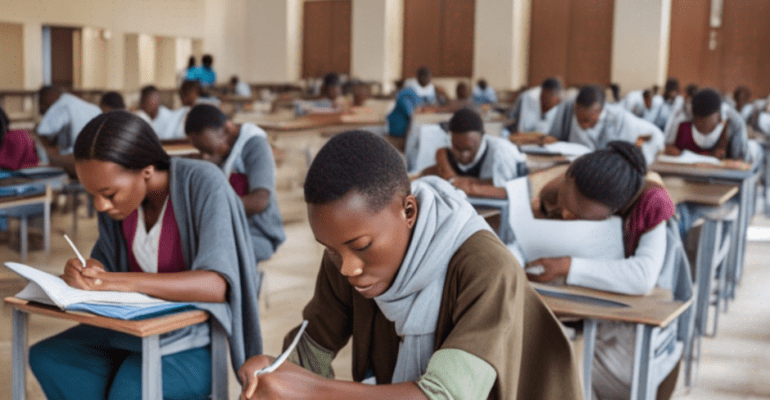Introduction
According to the November 2022 news release from WFP, in 10 conflict-affected regions, just over 8,500 schools have either been partially damaged or destroyed. In northern Ethiopia alone, over 1,500 schools are non-functional, added the news release. The April 2023 report from the United Nations Office for the Coordination of Humanitarian Affairs (UNOCHA) indicates that over 3.5 million children in the country are not attending school, which amounts to 1 in every 16 children. This has been labelled as one of the most severe education crises in the world.
After a deadly two-year-long war in northern Ethiopia, efforts have been made to resume schools in the war-affected regions. Following the Pretoria agreement, some schools have partially resumed in the region since May 2023. In Oromia, Ethiopia’s largest region, despite stalled peace talks between a militant group and the federal government, students continue to remain out of school in Western Oromia. This area has been frequently hit by catastrophic conflict between the two forces for the past four years.
UNICEF’s March 2023 Humanitarian Situation Report states that ongoing violence in central and western Ethiopia has led to displacement and disruption of the education system in the Amhara and Oromia regions. In Oromia, government efforts to restore security have resulted in a 12.7% reduction in closed schools, but 739 schools remain closed due to unidentified armed group (UAG) activity, affecting 210,029 children. The failure to reach an agreement during a week-long peace talk in Tanzania in May has led to the continued closure of transportation, health centres, and schools.
Conflict in all its forms is devastating. Due to conflict and related factors, many students are unable to attend school. With insufficient attention given to this issue, initiatives in place to address the far-reaching impact of school closures are inadequate.
Multifaceted crisis confronting students outside of school
In conflict-affected areas of Oromia, rural residents and students are facing complex socio-economic and health issues. For safety, some families who can afford it have moved from the countryside to nearby towns, hoping for a more secure environment. However, as the conflict has persisted for over four years, they are unable to return home and are forced to go through the same cycle. Some students who are out of school have joined militant groups, exposing themselves to various mental health problems at a young age.
Students in these areas remain out of school for a variety of reasons: the school and healthcare facilities are either fully or partially destroyed by conflict or closed, transportation services are blocked, teachers are unwilling to go to these areas, and there is fear for security due to being targeted by both militant and government security forces.
The impact on education is devastating. Consider a child who was supposed to start school four years ago, but couldn’t due to conflict. Now, that same child is four years older and still can’t read ABC or write his name. If this issue isn’t resolved, it will be impossible for the child to envision a bright future. The cumulative impact of these factors is severely affecting students for generations to come. The consequences will linger for decades.
Conclusion
School for children and all students is not a luxury, but a necessity; it is their future, their destiny. Therefore, all stakeholders and conflicting groups must deeply understand and address the multi-layered negative impact of closing schools by any means possible. Local and international bodies must pressure both parties in conflict to reopen schools, protect school facilities, students, and teachers, and restore health and transportation services.

